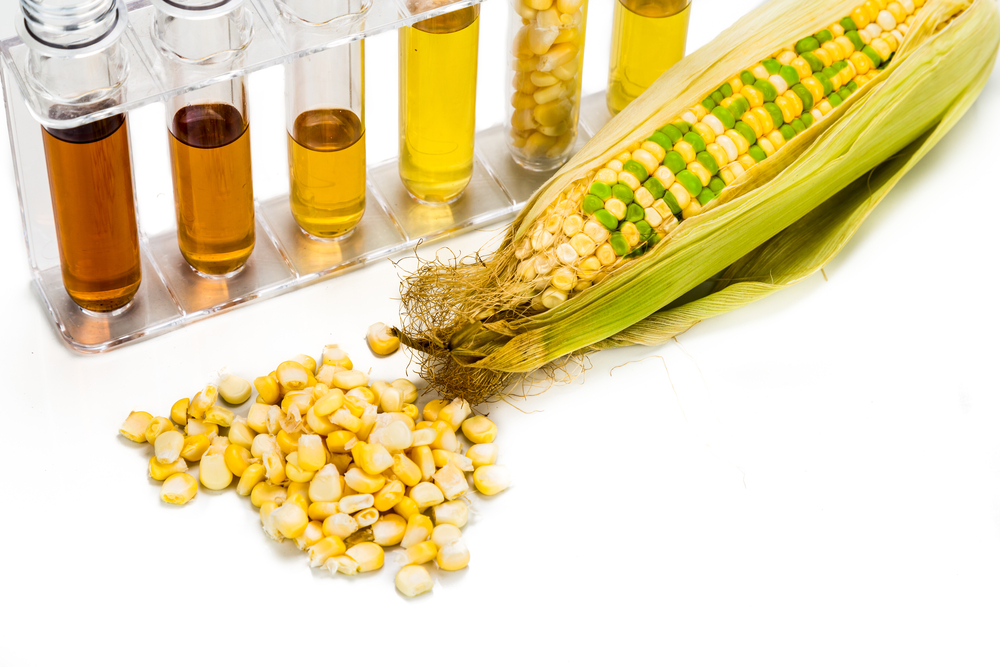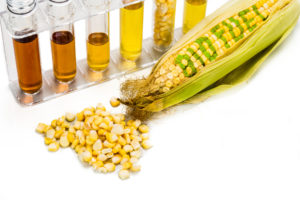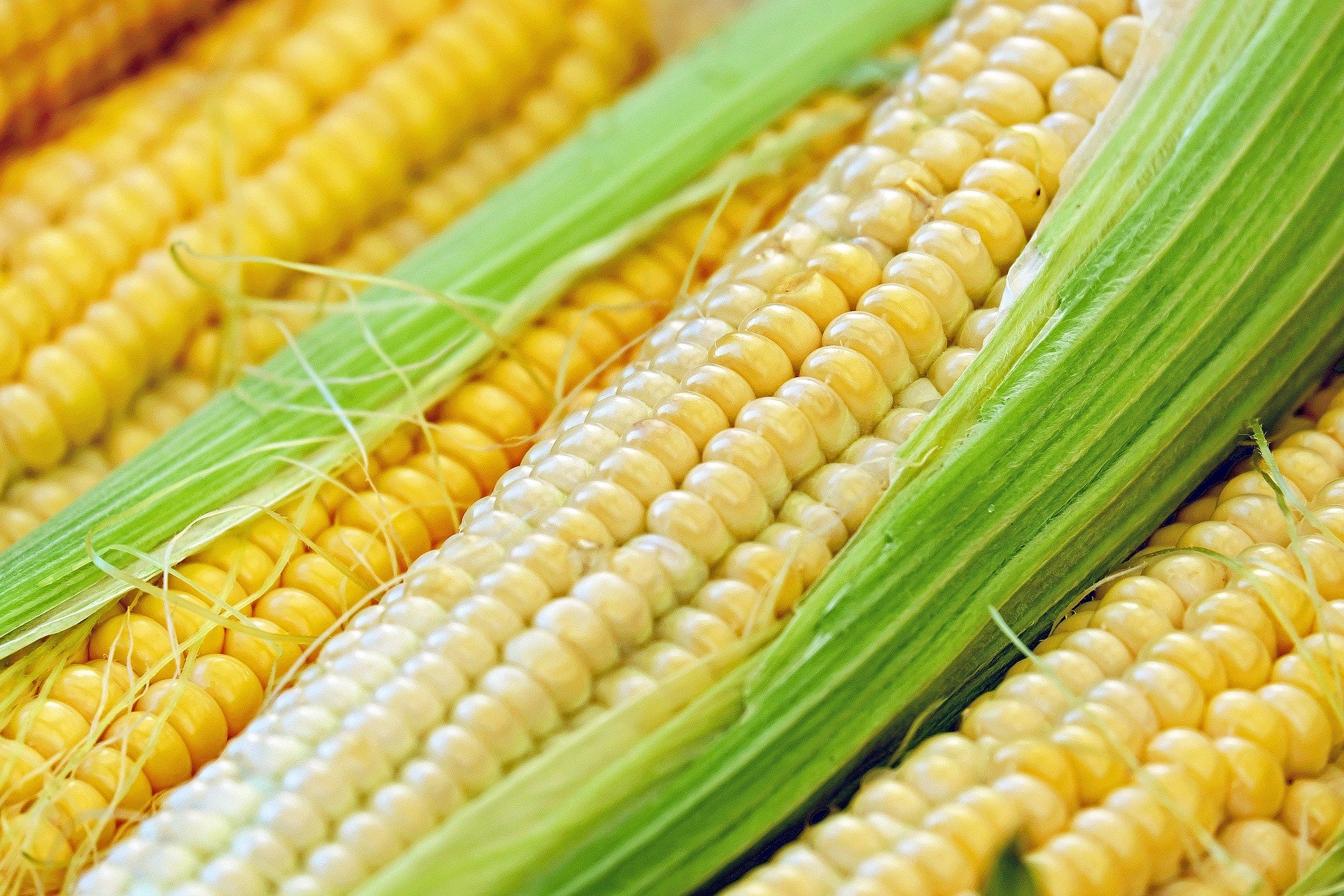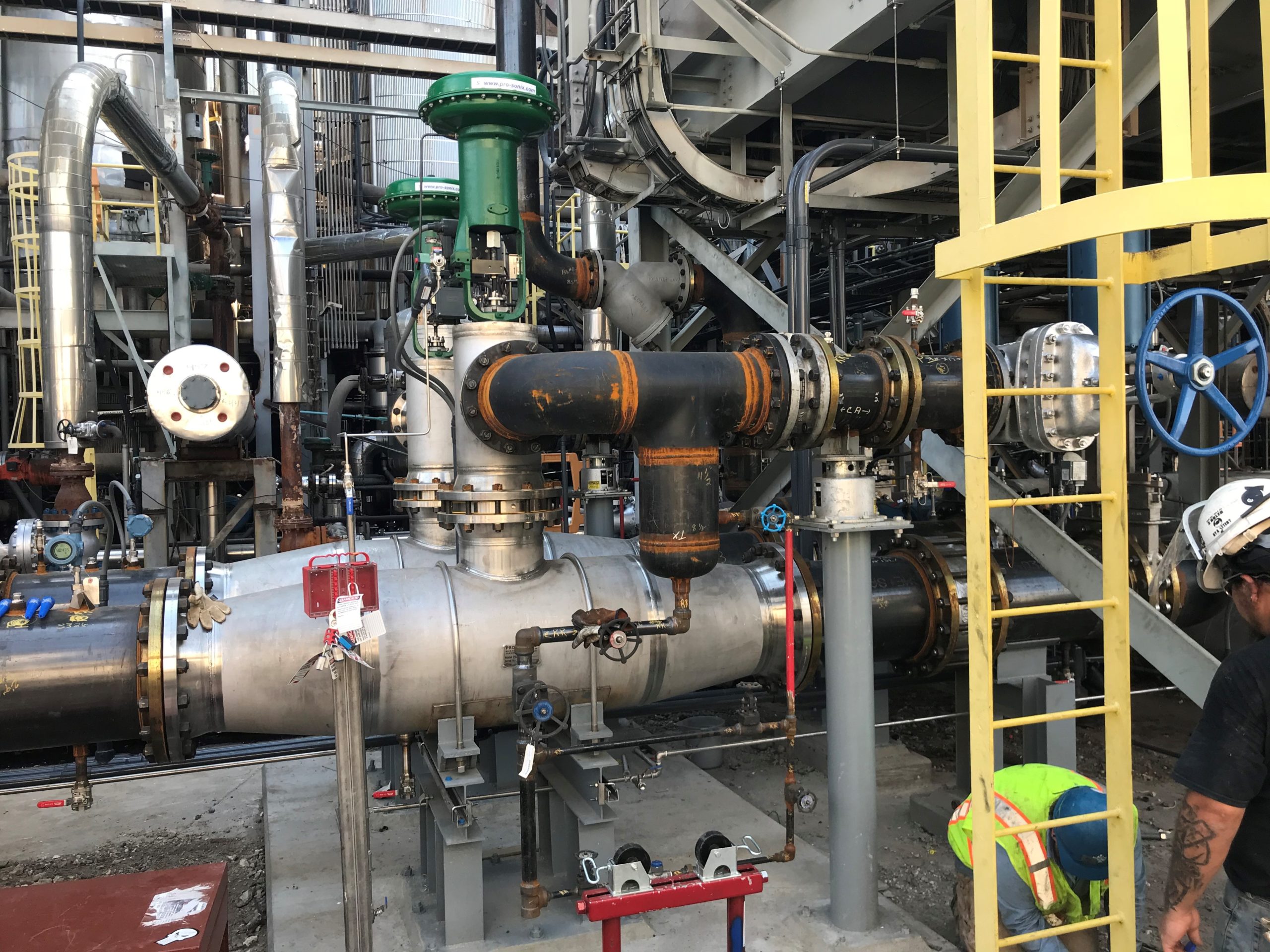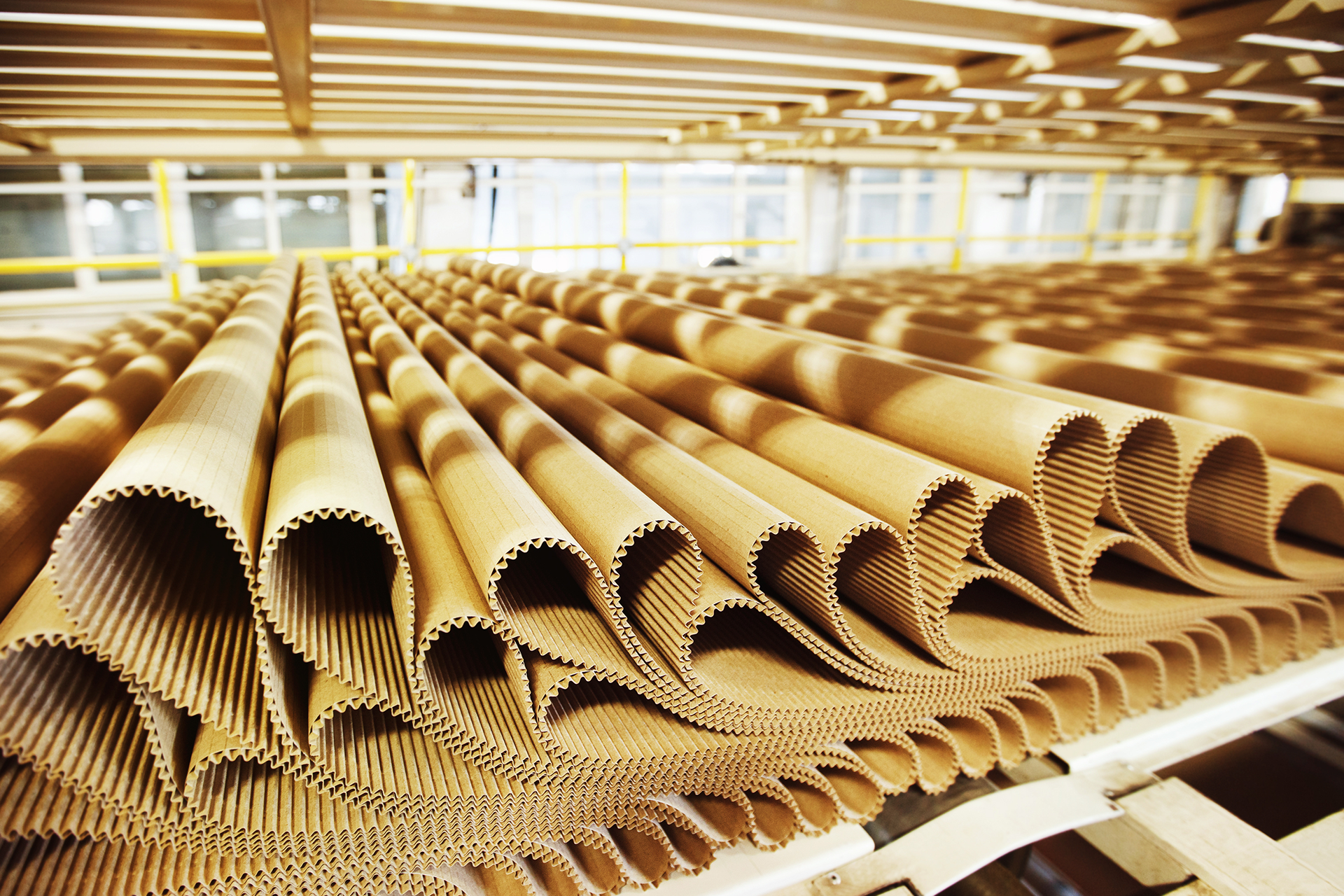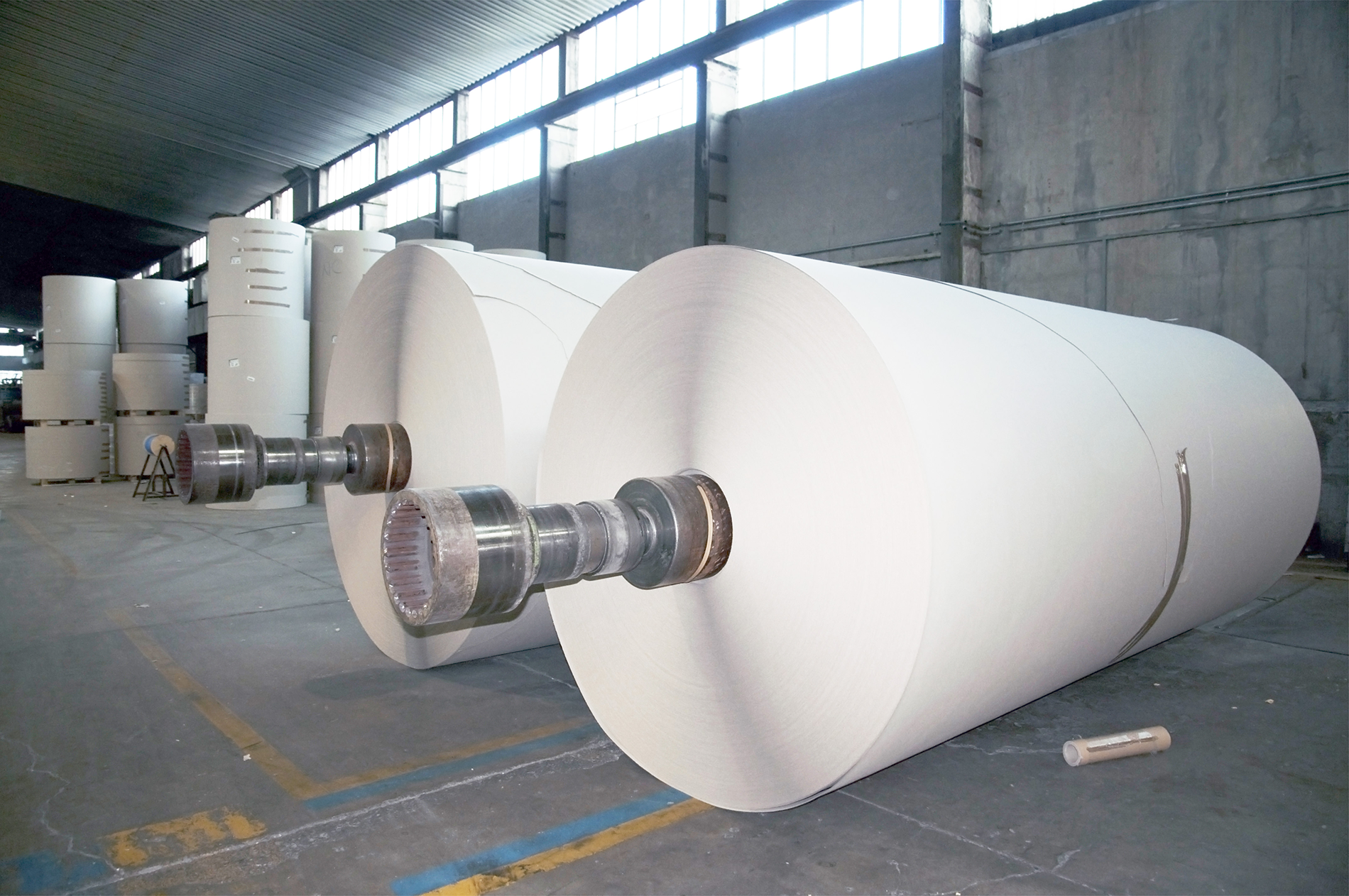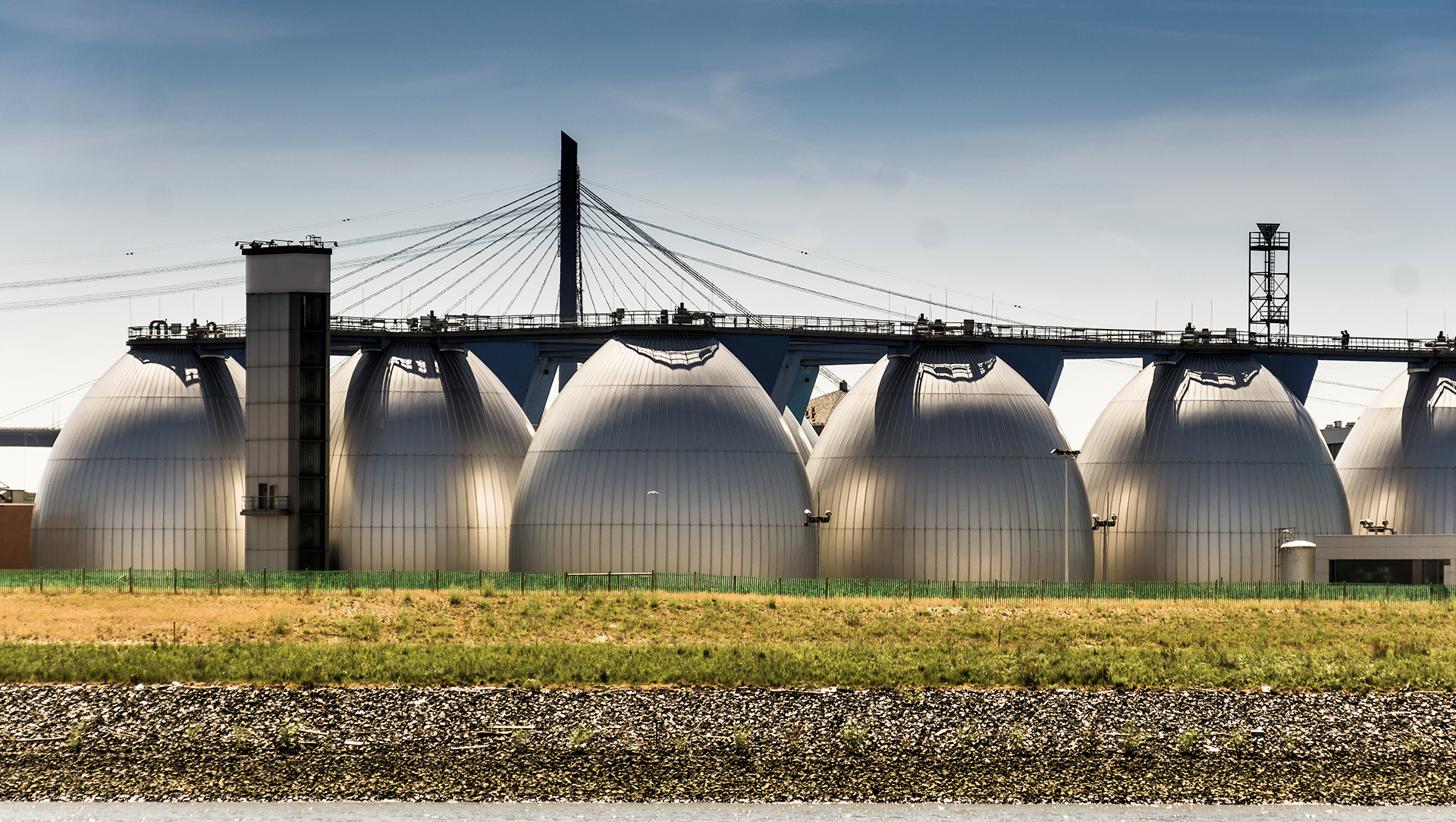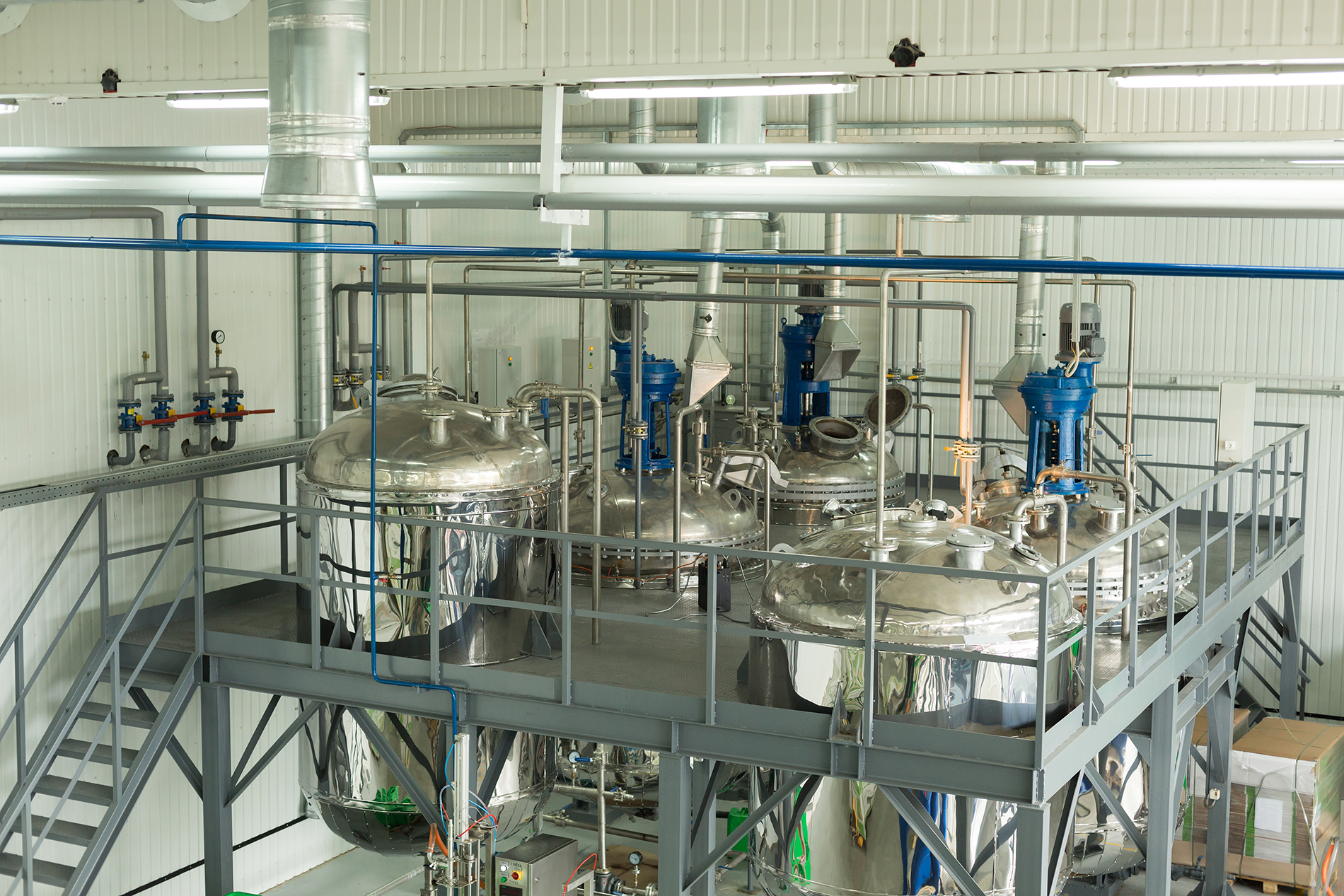Steam injection heating is helpful in a variety of markets and industries, but each project is unique. At ProSonix, we've worked on projects of all sizes and levels of complexity. With that experience comes valuable knowledge. Our team is happy to share a few summaries from past projects which may help provide insight and ideas for your own application.
Ethanol Production - Starch Liquefaction
Ethanol (ethyl alcohol or grain alcohol) is produced through a liquefaction process whereby a starch is converted to a sugar, which is then converted to an alcohol product referred to as ethanol. Ethanol production requires a starch (corn, wheat, rye) based feedstock to supply the conversion process.
Starch Processing Corn Wet Milling
Corn wet milling is the process of separating the corn kernel into starch, protein, germ and fiber in an aqueous medium prior to fermentation. The primary products of wet milling include starch and starch-derived products (e.g. high fructose corn syrup and ethanol), corn oil, corn gluten, and corn germ.
Pulp and Paper - Whitewater Heating
White water is a fine particle slurry used throughout the papermaking process. Its name derives from fine fiber particles in the water that give it a milky white appearance. White water drains from the paper stock into pit below the paper machine and is used for a variety of uses in the papermaking process.
Pulp and Paper - Paper Machine Boil-out
White water systems must periodically be cleaned to remove bacterial buildup that occurs over time. This process is known as boil-out, in which the white water is raised to near boiling temperatures (around 180-190°F) to kill any bacteria in the system. A caustic solution is sometimes added shorten the process and increase the effectiveness. The water is held at temperature until all bacteria are killed.
Anaerobic Digestion and Wastewater
There are two general types of heating sludge digestion processes known as aerobic and anaerobic digestion. Aerobic uses oxygen and anaerobic is an oxygen free environment. Anaerobic digestion is a biological process that breaks down for organic solids. In this process wastewater sludge is stored in large vessels, referred to as digesters that range from 0.5 – 3.0 million gallons of storage capacity.

